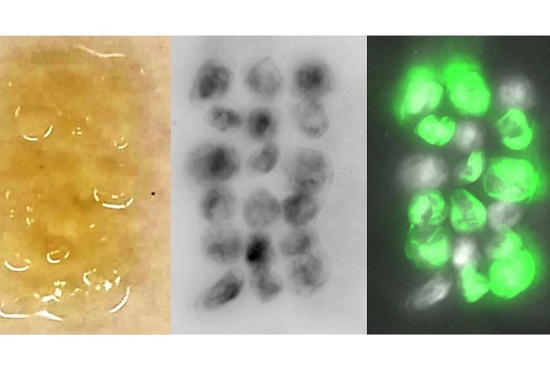 Friday, October 4, 2024
Friday, October 4, 2024  Friday, October 4, 2024
Friday, October 4, 2024 
What if your house could respond to a rupture in one of its structural beams by simply repairing itself, or bridges could patch up their own cracks the moment they appear? As fanciful as it sounds, there is a growing field of research dedicated to so-called “living materials” that might one day allow for such functionality. A new example out of Imperial College London applies this type of thinking to tiny 3D building blocks that can repair their own damage.
One area of living material research where we are seeing quite a bit of activity concerns concrete, with studies demonstrating how bacteria can be embedded in the material and respond to water damage by germinating and producing limestone or special glues that fill cracks. Another initiative has even seen the creation of a “biological apartment,” where samples of living materials will be swapped in and out to see how they perform.
“The challenge is to mimic and combine the distinct features biology has to offer,” says Dr Patrick Rose from the US Office of Naval Research Global London, which helped fund the new study. “We are not only trying to emulate those systems, but engineer biology to have additional features that are more amenable to the needs we seek without direct intervention. Ultimately, we want to increase the lifetime of a product, prevent failures of systems before the problem is visible to the naked eye and have the material think for itself.”
The authors of the new study set out to develop engineered living materials (ELMs) that can repair their own damage through a biologically inspired sense and respond system. This would build on earlier work from the group on similar materials that could detect changes around them, by developing versions that could take on a more active role and serve as versatile building blocks for a range of purposes.
Check out more news below: